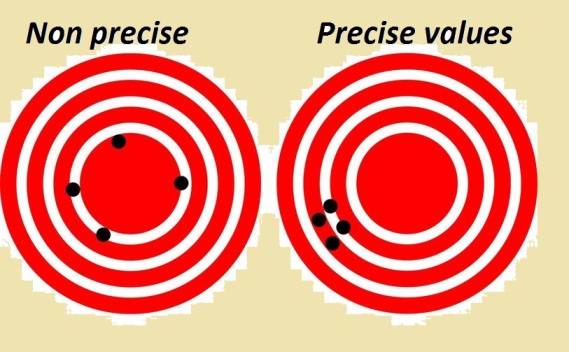Resolution of Measuring Instruments
Resolution Definition:
During a measuring process, resolution of an instrument is the smallest amount/value of change in a physical quantity that an instrument can sense.
Or
The minimum incremental value of the input that is required to cause a detectable change in the output can also be defined as resolution of an instrument.
In case of electronic and digital measuring instruments, the minimum incremental value of input signal, that an instrument can sense and indicate this change in its output called its resolution.
Resolution Explanation:
For example, a weighing scale in a Medicare center normally senses weight variations in kilograms, it means that always indicate its reading in Kg’s, but not in a fraction of a kg like 1.5kg or so.
But a weighing machine in a grocery shop can detect weight in grams like 0.750kg mean 750grams amount of weight is placed on that scale.
Similarly a weighing machine in jewelers shop can detect a change in weight in milligram.
So from above examples we can say that the weighing machine in the jewelers shop has a high resolution than the one at the grocery shop and similarly grocery shop machine has a superior resolution than Medicare centers weighting scale.
Higher the resolution is of an instrument mean smaller the value or change in input value it can detect and measure.
We hope this explanation may help to develop a basic idea of resolution of a measuring instrument.




